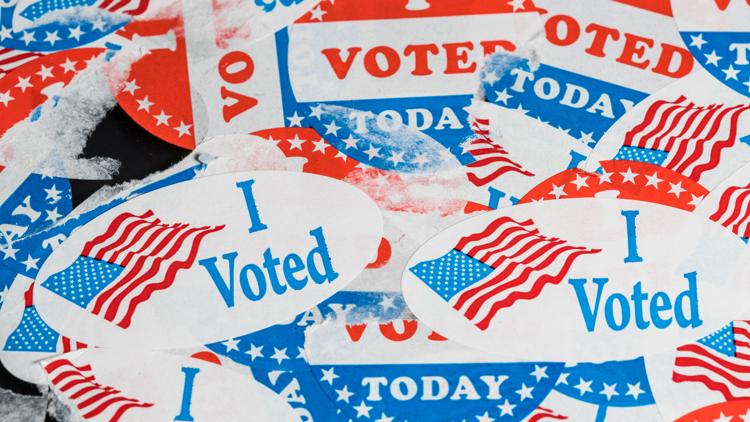USA, — Polls will begin closing soon all across the country. While America waits with bated breath to find out the next president, it's unlikely we will find out on election night.
As the ballots get counted, what could like a victory for one candidate at 10 p.m. could flip in the other candidates favor by 11:30 p.m. This could continue for a few days.
This is due to two major factors: how absentee ballots are processed and the population density of an area.
Absentee ballot processing differs from state to state. Every state has different rules for when absentee ballots can be processed and counted. As the polls close and the counting begins, the early numbers can paint an incomplete picture of who's winning in a state as some states will take longer than others to count.
Seven battleground states are key in this election to determining the winner: Arizona, Nevada, Georgia, Michigan, Wisconsin, North Carolina and Pennsylvania.
Arizona and North Carolina require all ballots to be received on or before Election Day, and both states allow ballots to be processed early. Vote totals on election night should include many mail-in ballots early after polls close.
Michigan processes votes early and requires all ballots to be in on Election Day. Vote totals are likely to include absentee ballots,.
Nevada allows early processing of absentee ballots, but ballots can be received after Election Day. They must be postmarked by Nov. 5 or received in the Election Department by Nov. 8 if they do not have postmarks. Early in-person and mail ballots can begin to be counted at 8 a.m. PT on Election Day. By 6 p.m. PT on Election Day, county clerks must provide their first election results to the secretary of state in order to release unofficial results once polls close. Previously, no counting began before polls closed, CBS reports.
Wisconsin and Pennsylvania both require all ballots to be received by Election Day, but they largely ban processing and counting of absentee ballots until the morning of Election Day. While some mail-in ballots may be in the initial results, it will take time for those votes to be counted.
Then, there's the matter of urban vs. rural county election results.
Polling places in smaller regions are able to count and report results faster than in urban areas because the population is less dense, so they have less votes to process. These places are more likely to lean red.
In the battleground states, big cities with Democratic majorities will report their results much later due to a higher density of ballots to count, according to CBS.
Several large cities across key battleground states could have several days between when the polls close and when the final vote is tallied.
CBS News contributed to this report.



